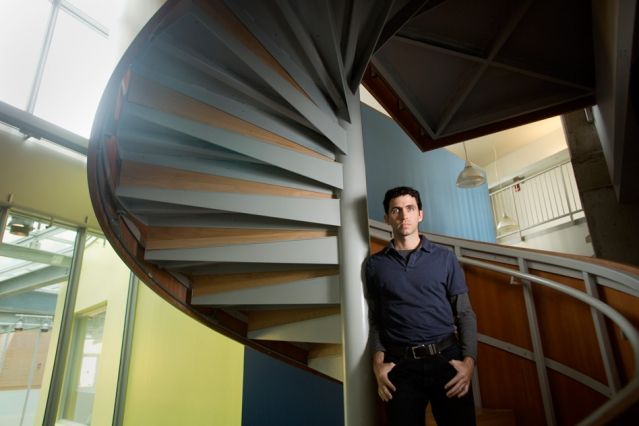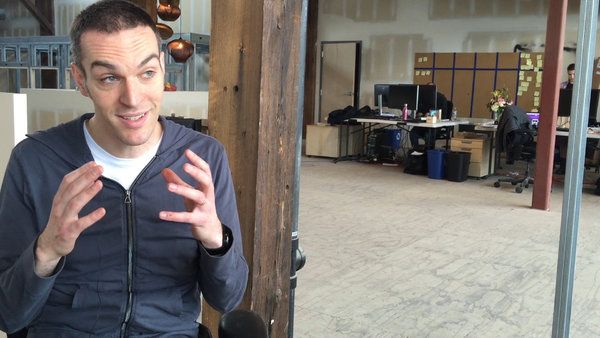Laura Bliss — CityLab

Judging from some of Facebook’s most viral images in history—textbooks wrapped in paper bags, futuristic beach houses, Barack and Michelle mid-hug—it seems safe to say that, content-wise, a mix of nostalgia and aspiration makes ‘book users click, like, comment, and share. On Flickr, it’s cool nature shots. Instagram loves the Kardashians.
But favorite subjects come and go, while the viral cycle lives on. What if you could predict the kinds of photos most likely to strike a nerve? Given the incredible amount of data available on how online users engage with images, is there a way to measure the objective qualities of an image’s shareability?
Read more














